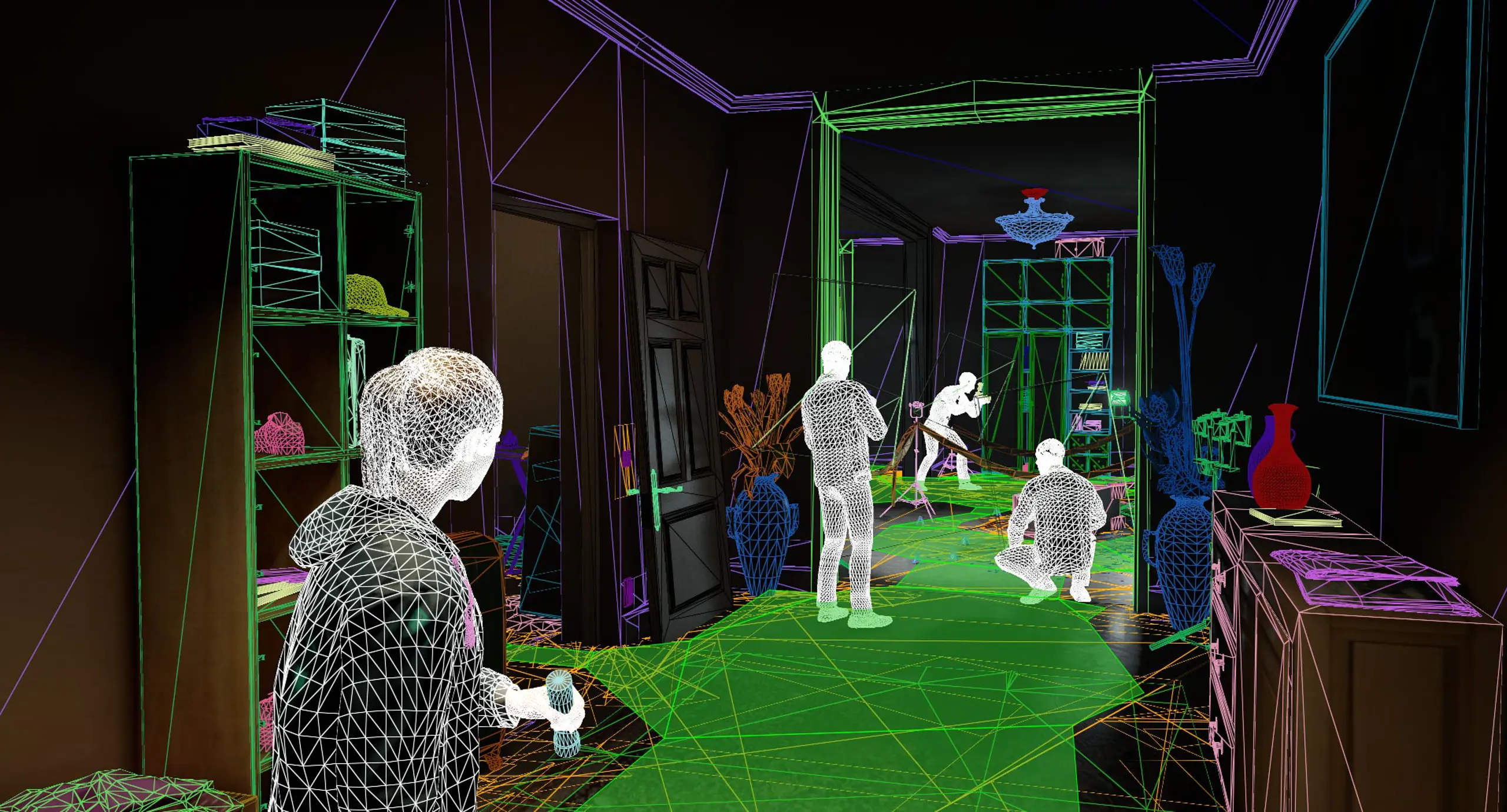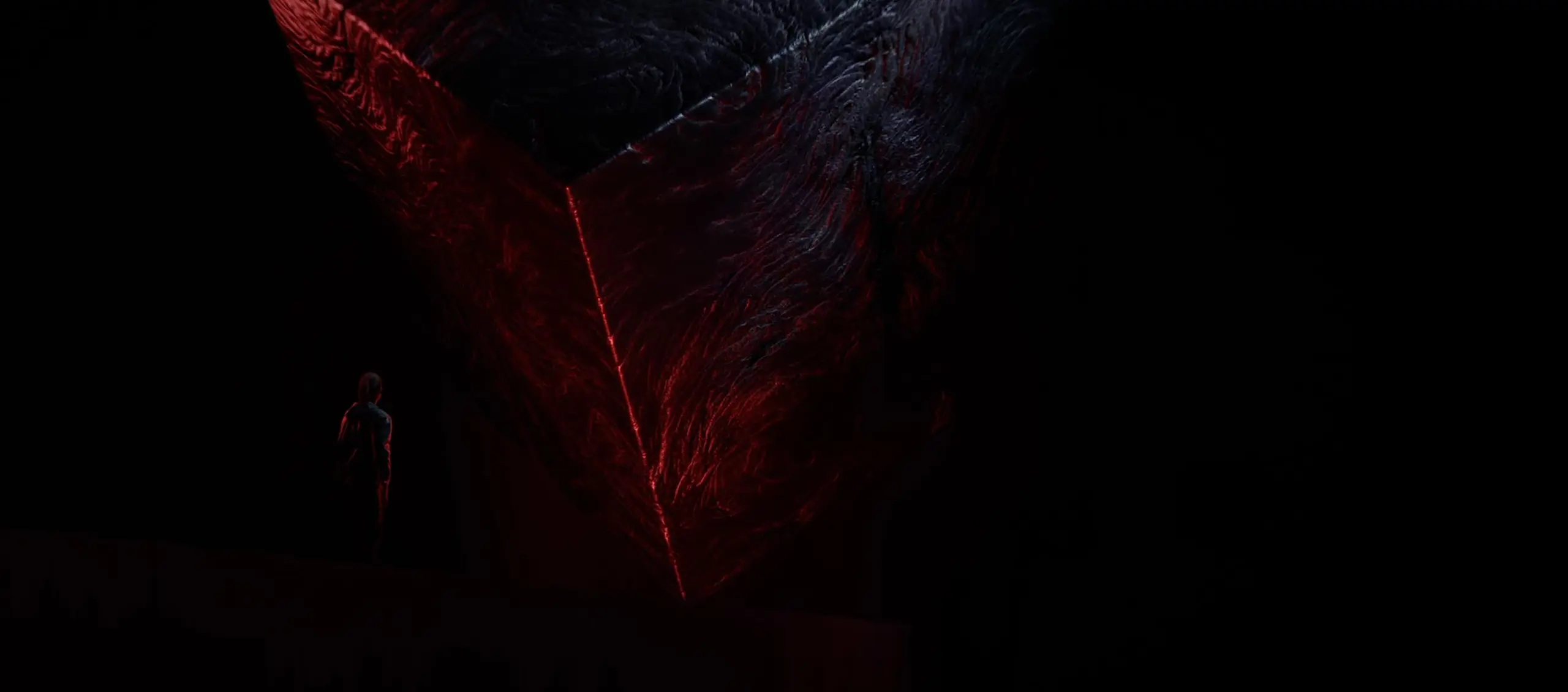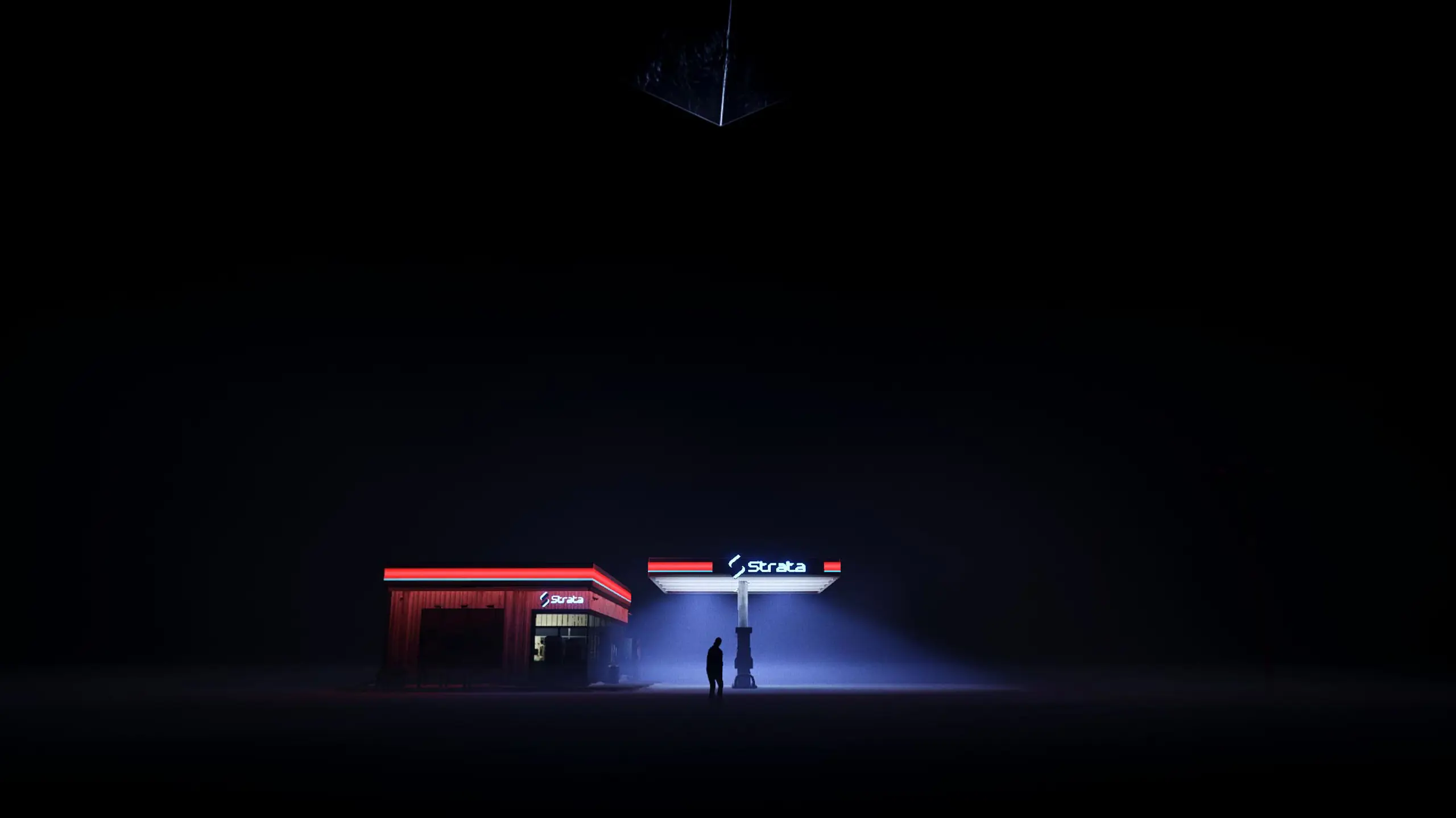
The Tech behind Miasma
Disclaimer: Miasma was entirely made in Glacier, reusing HITMAN assets. It was made for exploration and learning and is not related to any IOI game projects. Everything was created in 4 days for IOI Week and presented on August 22nd, 2023.
Intro by Diego Diaz, AI Programmer
I aimed for The Entity have a creepy and unpredictable behavior to make the player feel unsafe while exploring the maze.”
Drawing inspiration from various survival horror games, movies such as "It Follows," what became the most relevant source of inspiration was this YouTube video featuring a cat that continuously advances when unobserved. With the little time we had, we came up with a simple behavior that ended up doing exactly what we were looking for.
You cannot watch this video as you have not accepted cookies. Update cookies to watch the video.
The ghost entity always walks towards you at a very slow pace, slowly killing you if you are too close to it. However, the element of surprise lays in its ability to instantly teleport whenever obstructed from view, adapting its teleportation distance based on the player's proximity. When at a distance, it subtly adjusts its position, creating uncertainty about its movement. When the player loses sight of the ghost in close quarters, it will try to teleport behind it in the direction the player is most likely to head, effectively creating suspenseful jump-scare scenarios!
You cannot watch this video as you have not accepted cookies. Update cookies to watch the video.
This worked really well with the goal of the maze in the game since you need to look around for clues which naturally allows the entity to shine as you can't always afford to keep tabs on it. Alongside shaping the ghost's behavior, I also focused on the flashlight mechanics as well as tweaking the player’s movement, allowing strafing and sprinting in the way we needed.
- Diego Diaz

Portals
Intro by Dag Bjärum, Senior Technical Artist & Erik Høyrup, Programmer
One of the main goals for this project was to create very liminal/non-Euclidean spaces.”
This posed a number of technical and time-related challenges. The initial thought to get a quick result for this was to repurpose our nice mirror technology but unfortunately, this feature is very optimized for its specific use case, meaning that trying to repurpose it for our portals would take too long. This is when we instead opted for replicating similar functionality ourselves, the initial idea of the system being the visualization of what the other side of the portal sees.
You cannot watch this video as you have not accepted cookies. Update cookies to watch the video.
For this purpose, we used the original orientation of the player camera relative to the entrance portal to mirror the orientation of the exiting portals camera. Then we simply rendered the result using the screen coordinates on the portal entrance’s surface. (Rendering the result of the new camera setup was not a big challenge as Glacier has a good material workflow supporting rendering camera outputs directly to textures and creating custom shaders).
After 2 days, we achieved a satisfying result with the cameras only and we started working on how to transition the player and gameplay seamlessly through these portals. This created new challenges, like moving objects and the player through the portal, which could cause visual disruptions when the player is teleported to the new location. That's why, on day 3, we opted for a simple cinematic solution : having the camera transition through before the player and then the player following automatically, seamlessly transitioning back to gameplay.
Why didn’t the portal concept end up in the final product?
A project like Miasma with a time frame of four days involves a lot of departments working full speed on a lot of different task at the same time. This allowed us to move quickly but it also meant that we created and tested the portals in a simple test scene inside the engine.
By the third day, we had the portals up and ready but the content team was too busy with other tasks to implement it right away into the main scene. The implementation was postponed to the last day and unfortunately, we discovered that our Glaciers occlusion system had not been considered for these cameras. Meaning the portals were not functioning properly and the player was getting teleported elsewhere in the scene. That's why we ultimately had to go with a fallback black fade transition solution.
- By Dag Bjärum and Erik Høyrup

Animation sets
Intro by Tobias Hart, Junior Gameplay Animator
I focused on developing the player character animations; adding a strafing locomotion set, door transitions, and flashlight aiming.”
With input from the team, I focused on listing all the necessary animations for the game and executed the motion capture accordingly. Since we only had a week, I had to make sure I worked efficiently. To optimize the process, I aimed to refine all locomotion animations to an acceptable state within a day. This way I could ensured their implementation in the game so I could iterate throughout the week.
You cannot watch this video as you have not accepted cookies. Update cookies to watch the video.
This gave me time to work on animations that I felt would improve the experience further, mainly the door transition animations, which helps to convey the overall detective theme. Additionally, I addressed supplementary animations such as the player displaying their badge to an officer and inspecting a deceased body, contributing to the game's narrative and immersion.
- Tobias Hart
We're hiring!
Explore our open jobs on our Careers site.

